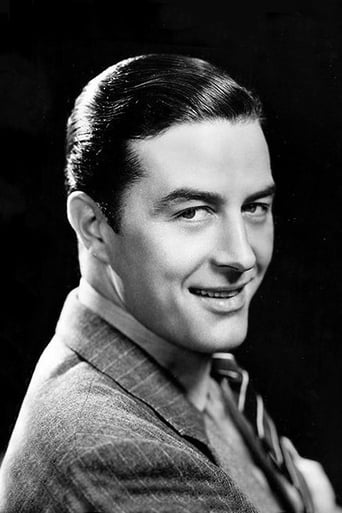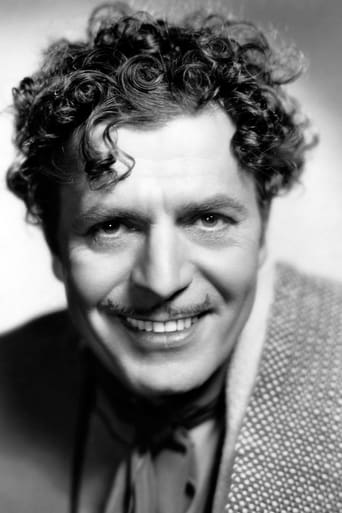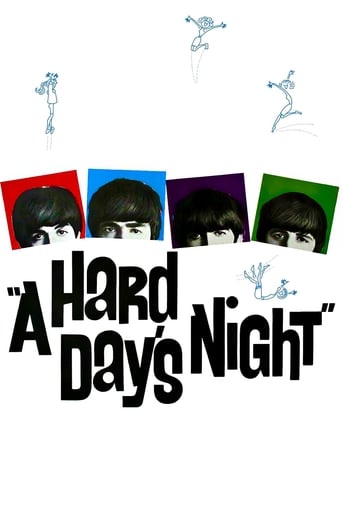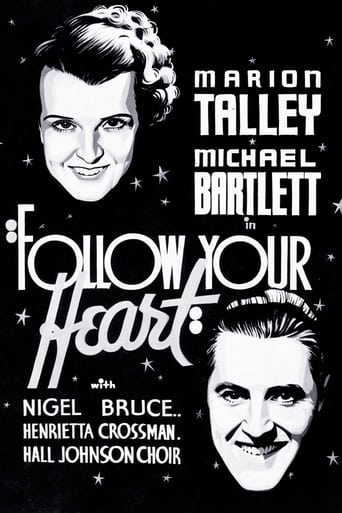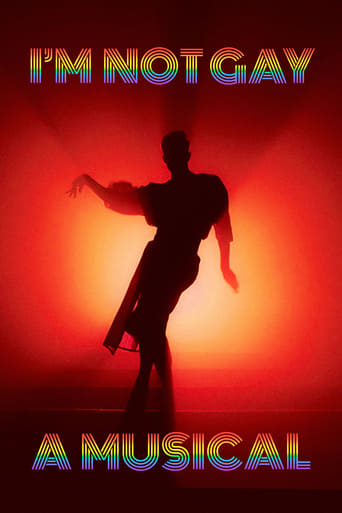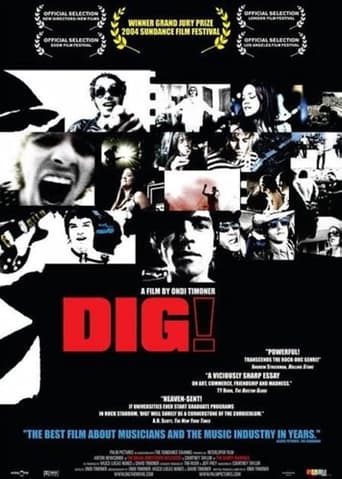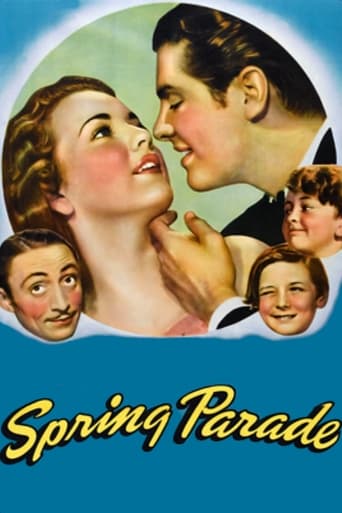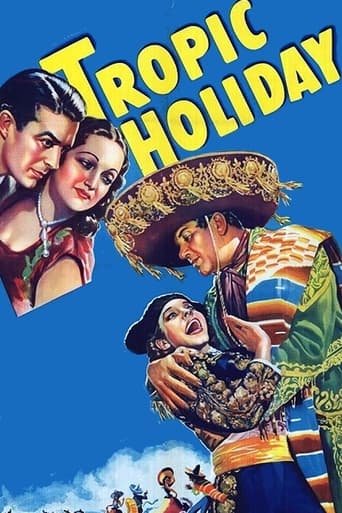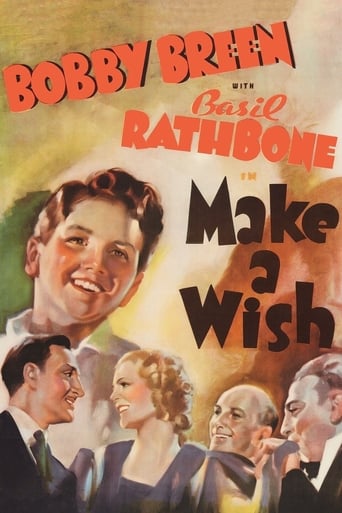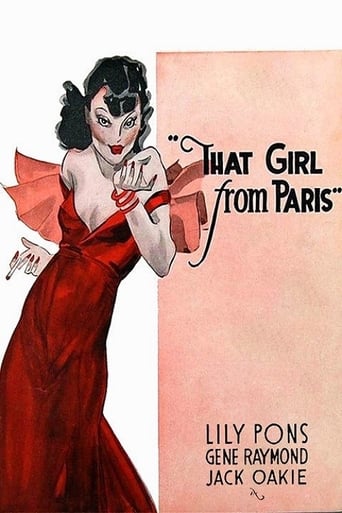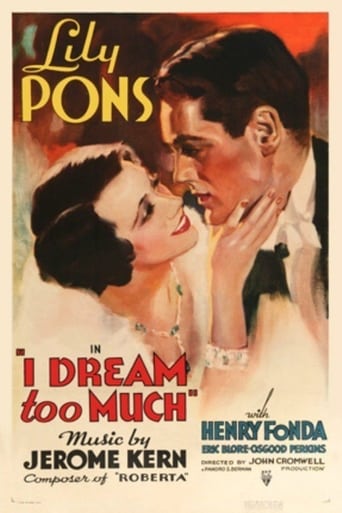
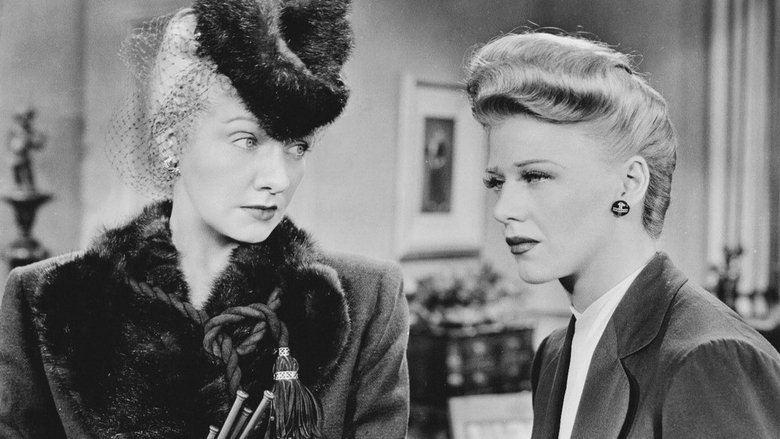
Lady in the Dark (1944)
A neurotic editor sees a psychoanalyst about the advertising man, movie star and other man in her life.
Watch Trailer
Cast


Similar titles
Reviews
Excellent, Without a doubt!!
I think this is a new genre that they're all sort of working their way through it and haven't got all the kinks worked out yet but it's a genre that works for me.
This is one of the best movies I’ve seen in a very long time. You have to go and see this on the big screen.
One of the film's great tricks is that, for a time, you think it will go down a rabbit hole of unrealistic glorification.
For three minutes towards the end of this overproduced travesty of Moss Hart's 1941 Broadway musical we eventually get a hint of what might have been, when Ginger Rogers is finally allowed to sing a song from Kurt Weill & Ira Gershwin's acclaimed score - the magnificent 'Saga of Jenny' - the only song from the original production to make it into the film. (The flashbacks to her childhood and youth that follow actually manage to be quite touching.) At $2.6million the most expensive film yet made by Paramount, at the box office the studio received a handsome return on its investment. But the hectoring misogyny that makes this film almost unwatchable today is probably just one reason that nobody has yet bothered to do a decent restoration of the film, so we don't really get the full benefit of the Oscar-nominated Technicolor photography and art direction that wowed critics and audiences in 1944.Ray Milland is excruciatingly misused as a charmless boor who Ginger is required by the script eventually to fall into the arms of (Cary Grant might just have pulled it off), and her rejection of Warner Baxter and Jon Hall for being insufficiently Alpha is just another twist of the knife of the already unpleasant sexual politics of this piece. (Ginger, by the way, actually looks pretty cool to my eyes in her 'unattractive' mannish suits.) But at least we don't get Danny Kaye's mugging from the Broadway original as the camp fashion photographer Russell Paxton (Mischa Auer is a far more agreeable substitute), and are spared his 'hilarious' patter song 'Tschaikowsky (and Other Russians)'. Mary Phillips does her best in an underwritten part (as indeed are most of them). Edward Fielding, by the way, who plays Ginger's physician in the opening sequence, also appeared uncredited as Dr.Edwardes in the dream sequence of Hitchcock's 'Spellbound' (1945), Hollywood's other high profile exercise in cod psychology from this era.
"Lady in the Dark" is a curiosity. The circus sequence with "The Saga of Jenny" gives a taste of what the movie version of the Broadway show might have been like (as other commentators have noted, the song is the sole survivor of the Broadway score by Weill and Gershwin, aside from snatches of "My Ship" and "Suddenly it's Spring", and a verse from "Once Life to Life" which Ginger Rogers recites). Ginger is a knockout, even in her "plain" business suits. The visual design is so rich you could swim in it- it was lovely to see the 40s magazine design as well as the sets. And the costumes! The sequin lined mink skirt is stunning, and so is the gown in the wedding sequence. The psychoanalysis storyline is well handled for a movie made in this period when analysis was strange and frightening to the audience. However, what could have been an exquisite soufflé is let down by the bizarre decision to cut all but one of the numbers and the development of the plot. It suggests that women are miserable in business suits and are far happier wearing frou frou gowns and being "dominated" by men (its terminology, not mine). I will say in the plot's defense (if I may take Ray Milland's part in the circus sequence for a moment) that it doesn't have Ginger pairing off with irresistible but insecure movie star Randy Curtis. When she announced that she was going to marry him and give up her job I yelled out, "You'll be sorry!" The writers recognize that Randy and staying home to be a housewife (even a Hollywood one) would bore Ginger's character out of her tree. Her sparring colleague is a far better choice, and there's a hint in the final that perhaps neither Ray or Ginger will dominate the other, but be partners in running the magazine (they're both overwhelmed with enthusiasm for it). But this hint of equality isn't enough to redeem Ray's earlier nastiness to Ginger, or the tone of misogyny. The movie still comes down with a thud, like Ginger at the end when Ray takes her chair.
I was looking forward to seeing this film, because I had heard the wonderful Weill/Gershwin songs from the Broadway version. Much to my dismay, all but one-and-a-half of the songs were cut, and the storyline is one of the top-ten most sexist I have ever seen on the screen. I'm very surprised that only one other reviewer commented on that aspect of it! Ginger plays a publishing executive who [THIS IS PROBABLY A SPOILER BUT I MUST WRITE IT] "needs" to learn that she should dress up prettier (though her costumes are by Edith Head!), and let a man take over her business, otherwise she'll continue on her downward spiral toward insanity. Seriously. Ray Milland plays a jerk of the first water; I have never forgiven him. I was glad to hear from another reviewer that the Broadway show isn't this bad, but the movie should be avoided if this sort of thing upsets you at all. If you can laugh about it, you might enjoy the colors, the wacky 40's sets, and the foolish scenes where Ginger visits her idiot of a psychiatrist.
Great score mutilated, interesting stage libretto turned into an anti-feminist tract: It seems that our heroine, a successful and independent woman, needs a man to dominate her to be happy. (The stage version had the same basic story, but the rhetoric wasn't so vehemently misogynistic.) Ginger was more than a singer-dancer -- she could act, and had an Oscar to prove it -- but here her playing is dull and unimaginative. She, the art and costume and make-up departments, and the director seem concerned with two things only: the look of Ginger, and the look of the film. She looks fine, and the gaudy production design is a Technicolor riot, if not in the best of taste. The visual splendor makes the film worth seeing, but you'll have to tune a lot of nonsense out.



